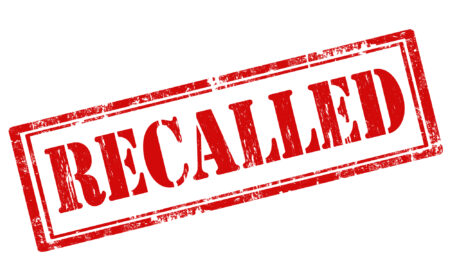I hope you saw the second article of our new series about the healthcare supply chain that was released last week. Here’s a summary of it but I urge you to read the entire article HERE. There’s a major dilemma in the healthcare supply chain that we’ve witnessed at many client sites: supply costs are continuing to rise while supply chain management is expected to come up with savings.
Supply costs – particularly medical devices – continue to be the second largest expense item at hospitals, after labor, and can constitute as high as 40% of the total expense budget at hospitals with a high Case Mix Index (CMI). What are the options available to a supply chain executive who has the responsibility of lowering expenses and saving money? The primary go-to is usually trying to lower the per item price. Although many hospitals have savvy negotiators, or rely on GPOs, and may get good results for some items, the sheer scale of SKU growth today makes any gains in better pricing for particular item categories ultimately negligible in making a real dent in overall cost reduction efforts.
I would argue that focusing on item pricing alone sets up the supply chain for failure. No matter how savvy a contracting organization is, or how many resources it has, it can never keep up with so much product variability and constant churn. Plus, in many organizations supply chain has no control over ordering and inventory management, and no visibility into utilization in the areas where Physician Preference Items (PPI) are used.
I believe that a better way to look at this is through the lens of overall cost effectiveness and operational management. If supplies and implants constitute the largest expense after labor and are essential elements of patient care delivery, then we’ve got to look at how inventory management impacts those costs in the context of care delivery processes and desired patient outcomes.
In order to prevent waste and rein in costs, supply optimization and consolidation are necessary, and to achieve this, actionable Key Performance Indicators (KPIs) that measure waste and excess – and show the connections between supplies and performance – are critical. They provide hospitals with the data visibility that is necessary for guiding and achieving inventory optimization and cost savings goals, and controlling supply spend.





